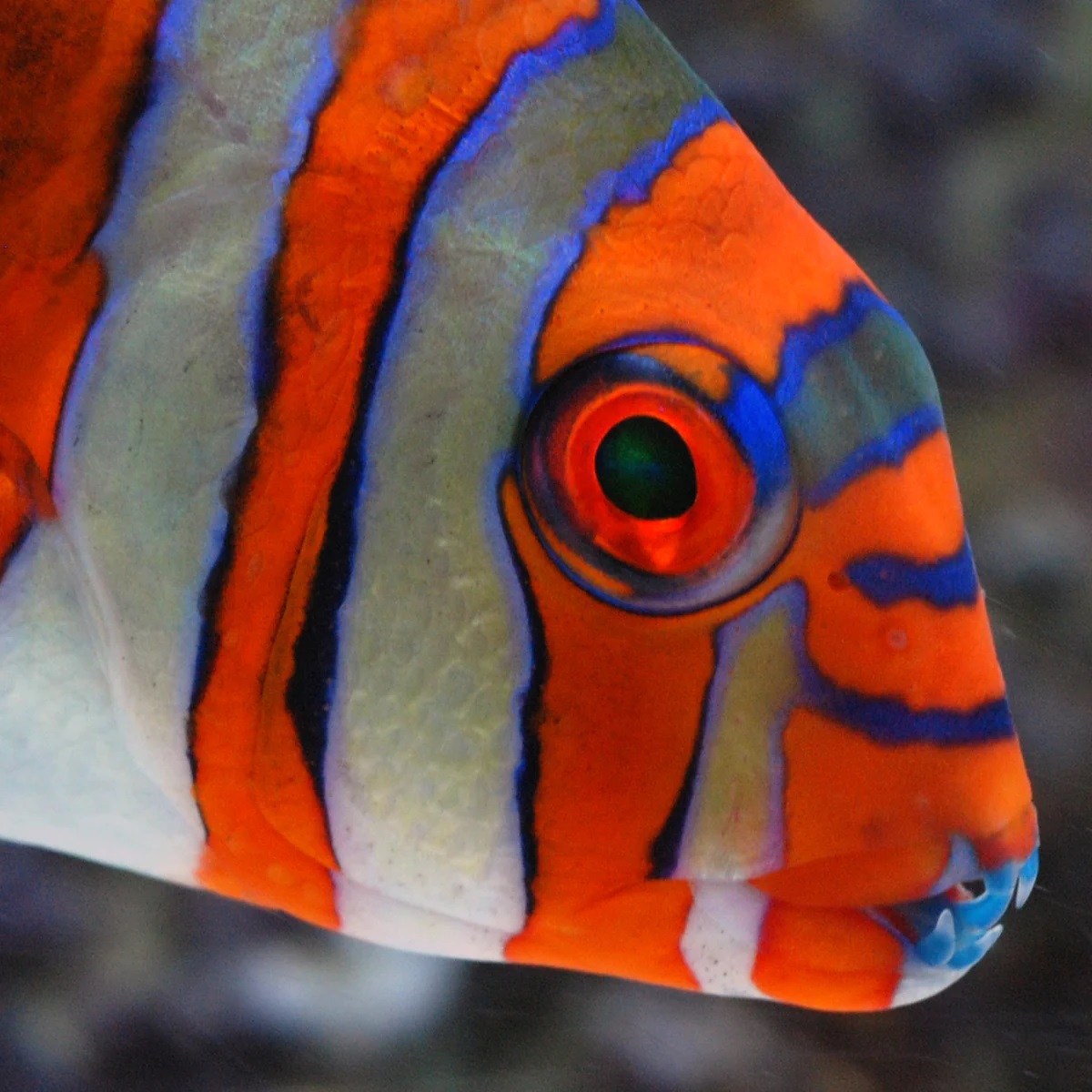
The Harlequin Tuskfish is an intriguing species that captures the attention of both marine enthusiasts and hobbyists alike. With its vibrant colors and distinctive patterning, this fish stands out among its marine counterparts. Native to the coral reefs of the Indo-Pacific region, the Harlequin Tuskfish has become a popular choice for aquarists due to its striking appearance and unique behavioral traits. In this article, we will explore eleven fascinating facts about the Harlequin Tuskfish, shedding light on its habitat, diet, breeding habits, and more. Whether you are a seasoned aquarist or simply curious about marine life, you are bound to discover something new and captivating about this remarkable fish species.
Key Takeaways:
- Harlequin Tuskfish are stunning and feisty predators that change sex as they grow. They need our help to protect their homes and ensure their survival in the wild.
- These colorful fish are popular in aquariums, but face threats in the wild. With proper care, they can thrive in captivity, but we must also work to preserve their natural habitats.
Unique Appearance
The Harlequin Tuskfish, also known as Choerodon fasciatus, is a stunning and highly distinctive fish found in coral reefs of the Indo-Pacific region, particularly in the waters of Australia and the Great Barrier Reef. It features a beautiful combination of vibrant colors, including deep blues, bright yellows, and contrasting black stripes on its body, giving it a mesmerizing and eye-catching appearance.
Size Matters
These remarkable marine creatures can grow up to 12 inches in length. Their elongated bodies, coupled with their unique color patterns, make them a visually striking addition to any aquarium or reef ecosystem.
Feisty Predators
The Harlequin Tuskfish is an aggressive carnivorous species that primarily feeds on small invertebrates, crustaceans, and mollusks. With their powerful jaws and sharp teeth, they are skilled hunters and can swiftly capture and devour their prey.
Colorful Juveniles
When young, these fish have a different coloration compared to the adults. Juvenile Harlequin Tuskfish exhibit a vibrant yellow color with dark patterns or spots on their bodies. As they mature, their colors intensify and transform into the characteristic combination of blue, yellow, and black stripes.
Intense Territory Defense
Harlequin Tuskfish are known for their territorial behavior. They establish and fiercely defend their feeding and nesting grounds from other fish, often engaging in aggressive interactions to protect their claimed area.
Sex Change Protogynous Hermaphrodites
One fascinating aspect of Harlequin Tuskfish is that they are protogynous hermaphrodites. They are born as females and, as they grow older and larger, some individuals will undergo a sex change and transition into males.
Excellent Swimmers
These fish are powerful swimmers, capable of swiftly maneuvering through coral reefs and rocky areas. They have a streamlined body shape and use their pectoral fins to navigate the intricate coral structures with ease.
Lifespan
The Harlequin Tuskfish has an average lifespan of approximately 15 to 20 years when kept in suitable aquarium conditions. However, in their natural habitat, their lifespan can vary depending on environmental factors and predation risks.
Hardy and Resilient
Harlequin Tuskfish are known for their adaptability and resilience, making them suitable for captive aquarium environments. With proper care, a well-maintained tank can provide them with a healthy and thriving habitat.
Popular Amongst Aquarists
Due to their stunning appearance and unique behaviors, Harlequin Tuskfish have gained popularity among saltwater aquarists. However, they require a spacious tank with plenty of hiding places and a well-balanced diet to ensure their overall well-being.
Conservation Concerns
Despite their striking beauty, Harlequin Tuskfish face several conservation concerns. Habitat destruction, overfishing, and the degradation of coral reef ecosystems pose significant threats to their populations. It is important to support sustainable practices and protect their natural habitats to ensure their long-term survival.
Conclusion
In conclusion, these 11 harlequin tuskfish facts showcase the fascinating nature of this unique species. From its distinctive appearance to its intriguing behaviors, the harlequin tuskfish continues to captivate both aquarists and marine enthusiasts alike. With its vibrant colors and striking patterns, it is no wonder why this fish is a favorite among many aquarium enthusiasts. Moreover, its intelligence, ability to change gender, and interesting hunting strategies make it a truly remarkable creature. Whether you are an experienced aquarist or simply intrigued by marine life, the harlequin tuskfish is an intriguing species that deserves appreciation and admiration.
FAQs
1. What is the average size of a harlequin tuskfish?
The average size of a harlequin tuskfish is around 12 inches, but they can grow up to 20 inches in ideal conditions.
2. Are harlequin tuskfish aggressive?
They can be aggressive towards other fish, especially during feeding time or when defending their territory. It is recommended to keep them in a species-only tank or with other large, robust fish.
3. What do harlequin tuskfish eat in the wild?
In the wild, harlequin tuskfish primarily feed on crustaceans, mollusks, and small fish. In captivity, they can be fed a varied diet consisting of frozen foods, live foods, and high-quality pellets or flakes.
4. Can harlequin tuskfish change their gender?
Yes, harlequin tuskfish have the ability to change their gender. They are protogynous hermaphrodites, starting off as females and then changing into males as they mature.
5. Are harlequin tuskfish suitable for beginner aquarists?
Harlequin tuskfish require a larger tank and specific care requirements, making them more suitable for experienced aquarists rather than beginners.
6. How should I decorate the tank for a harlequin tuskfish?
It is recommended to provide plenty of hiding spots using live rock formations and caves. Use sandy substrate and ensure there is enough open swimming space for the fish.
Was this page helpful?
Our commitment to delivering trustworthy and engaging content is at the heart of what we do. Each fact on our site is contributed by real users like you, bringing a wealth of diverse insights and information. To ensure the highest standards of accuracy and reliability, our dedicated editors meticulously review each submission. This process guarantees that the facts we share are not only fascinating but also credible. Trust in our commitment to quality and authenticity as you explore and learn with us.


